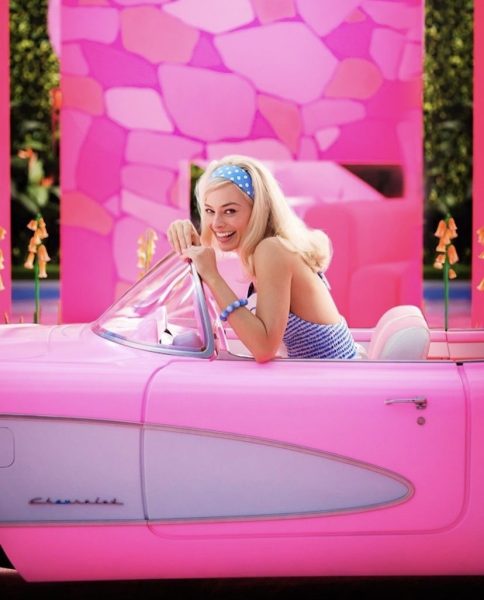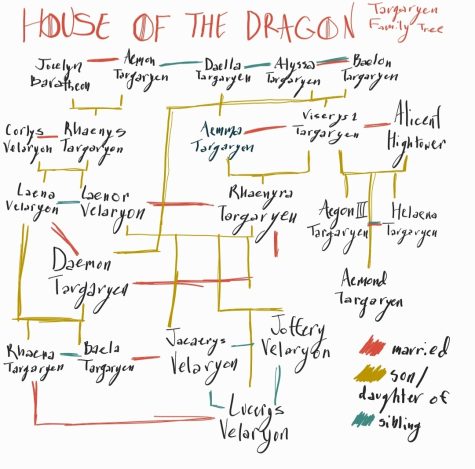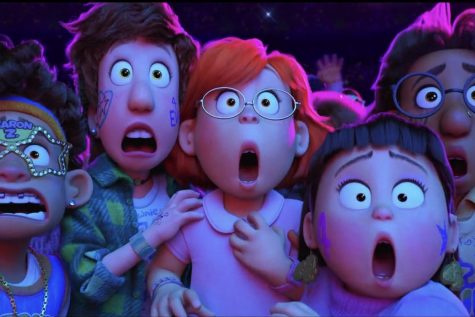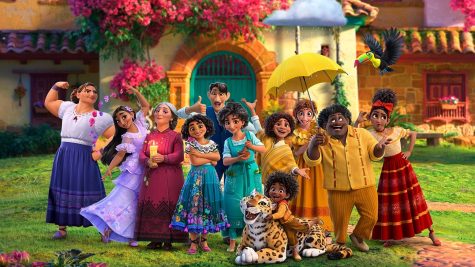The Stereotypes of Polynesians
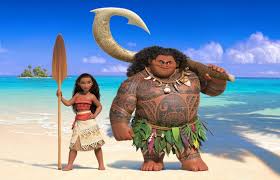
14 years after Walt Disney Animation Studios released the beloved film “Lilo and Stitch” back in 2002, the studio will release “Moana”, its second film to revolve around Polynesian culture. Taking place in Oceania far out in the southern Pacific Ocean, the film follows a 16-year-old princess named Moana Waialiki who embarks on an epic adventure to save her people and her home of Motunui Island. Accompanied by a dimwitted rooster named Hei Hei, Moana encounters a fabled island with mysterious secrets, a realm of dangerous monsters, a supernatural evil deity called the Lava Witch, and last but not least, the revered demigod Maui. While the plot of “Moana” definitely sounds engaging, the film has recently been criticized by Polynesian people for its depiction of Maui as an overweight giant.
Polynesian culture and mythology portray Maui as an almighty and immensely strong being. With such immeasurable power, Maui was able to create the Hawaiian Islands with nothing but a fish hook, slow down the sun from moving too fast by lassoing it with a rope made from his sister’s hair, and also pass on the awesome creation of fire to humans. This is where the complications arise between Polynesian culture and Disney. In the film and its promotional material, Maui is fatter than he is stronger compared to traditional Polynesian depictions. Unsurprisingly, Polynesian people did not take this image of one of their worshipped figures so kindly, with one anonymous blogger commenting that he resembles more of a “half pig half hippo” creature, and Pacific Media Association critic, Will Ilolahia, vehemently asserting that Disney’s depiction of Maui is “typical American stereotyping.”
CHS does have a small demographic of Polynesian students, including sophomore Grace Laie. Being of Polynesian descent, Laie is familiar with Maui’s role in Polynesian mythology, and she comments on Maui’s depiction in the film.
“In my opinion, [“Moana”] is only a cartoon and shouldn’t be argued over the size or shape of a character,” Laie said. “As a Polynesian, I know that many of us are well built and strong so that is actually a good thing that they made Maui look ‘strong’ and well built. Some Polynesians may take this the wrong way only because they have the wrong impressions on his features. Maui is a true and awesome figure representing Polynesian mythology because he has positive energy, strength, cool traditional tattoos all over his body, and that typical Polynesian curly-puffy hair.”
Yes, Maui’s depiction in “Moana” may not be 100% accurate to his traditional image in Polynesian culture, but Disney is proving to audiences that the Pacific Islands are much more than popular summer vacation destinations. The Pacific Islands have a unique culture and set of values that are not to be left unexplored and neglected by audiences around the world. Polynesian culture should definitely be celebrated, and Disney is doing exactly that by releasing “Moana”, which hulas into theaters on Nov. 23.
Hello there! Our goal is to provide relavent, engaging journalism for readers of all ages. Your donation will support the student journalists of the Wolfpacket at Claremont High School, and will allow us to purchase equipment, print our monthly issues, and enter in journalism competitions. We appreciate your consideration!
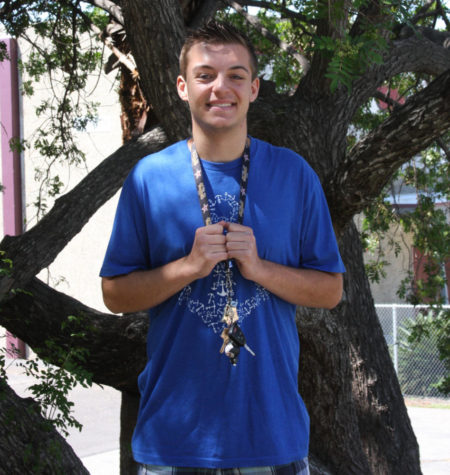
Caden Merrill is a senior at Claremont High School and it is his second year on the Wolfpacket. After serving as a reporter last year, Merrill is eager...



